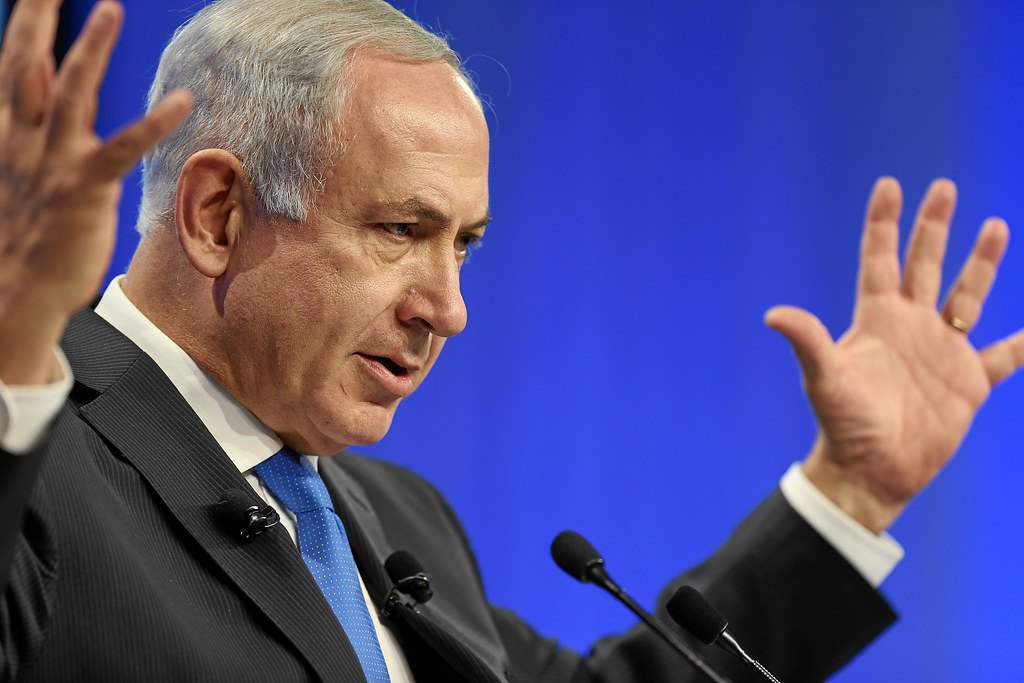First Elon Musk seized control of the federal bureaucracy and broke it. Then he commandeered the campaign of the conservative Wisconsin Supreme Court candidate Brad Schimel and tanked it.
Handing over the keys to our government and our democracy to oligarchs would appear to be a bad idea. Yet our elections may soon be owned lock, stock, and barrel by the mega-rich.
That’s because last October, the Federal Election Commission failed to enforce a law regarding joint fund-raising committees. This inaction, in effect, created an enormous loophole for big donors. Not only can the wealthiest Americans shovel huge amounts of money to candidates, but now they also can directly coordinate with candidate campaigns regarding how that money is spent.
If you missed this news, you’re not alone. The FEC non-ruling was barely a blip in the 2024 campaign coverage and came too late in the race to make much of a difference in the outcome. But it could transform the 2026 midterms in ways we’ve never seen before.
Joint fund-raising committees are supposed to allow candidate campaigns, party organizations, and political action committees to—as the name indicates—jointly fund-raise. But not jointly spend.
Then in 2024 Republicans began pushing the envelope with candidate ads backed by joint fund-raising committee money, using a fig leaf of a brief solicitation for donations to claim that such ads were just fund-raising appeals. Late in the campaign season, Democrats asked the FEC to rule if that was permissible. The commissioners, divided evenly among Republicans and Democrats, gridlocked. So as it stands, nothing is stopping major donors from using joint fund-raising committees to work hand in glove with candidates.
This is a sea change for campaign finance. You may recall the panic among Big Money critics when, in 2010, the Supreme Court declared that political action committees that do not give money directly to candidates but spend independently to advocate for candidates can raise unlimited amounts of money. Thus began the era of the “super PAC.” But the threat of improper campaign influence posed by super PACs proved limited, in part because super PACs could not coordinate directly with candidates.
“Notwithstanding all of the reporting on super PACs, the candidates don’t control that money,” says Jon Berkon of the Elias Law Group, which often litigates on behalf of the Democratic Party. “It is much different having the money in an account that you control, and that you can dictate how it’s spent, than having that money off with a super PAC where you have to trust a bunch of people and you can’t coordinate with them.” One stark example came from Ron DeSantis’s 2024 presidential campaign, which heavily—albeit tacitly—relied on the Never Back Down super PAC. Ahead of a presidential primary debate, the super PAC, lacking the power to coordinate with the campaign, posted far-too-candid debate strategy memos online, humiliating DeSantis despite the candidate having nothing to do with it.
Another reason why super PACs ended up having more bark than bite is that, because of a quirk in a 1971 campaign finance law, they have had to pay more expensive television ad rates than the candidates’ campaigns. Giving directly to candidates offers more bang for the buck.
And online technology made giving directly to candidates much easier, leading to the rise of the small donor. The number of individual political donations has exploded, from 5 million in 2006 to 195 million in 2020, with the average donation size declining by 80 percent.
Republicans, however, haven’t benefited as much as Democrats from the small donor revolution. In each of the past three presidential elections with Trump as the Republican nominee, according to FEC data, the Democratic candidate has received far more money from contributions $200 or less than Trump: 2.5 times more in 2016, 1.4 times more in 2020, and 3.3 times more in 2024.
With Democrats reaping small donor windfalls, and super PACs disadvantaged in the ad rate game, Republicans saw an opportunity in bending the rules of joint fund-raising committees. Berkon told me, “Joint fund-raising committees get the lowest unit rate for ads. They get the same as candidates. That’s huge, huge. Super PACs have to pay the regular rate. And in swing states, when the volume of ads is high, that can be [a difference of] three to one, five to one.”
In turn, Berkon argued, broadening the power of joint fund-raising committees will “fundamentally change the orientation of candidates. They will put even greater emphasis on the need to raise from larger sources of funds.”
That could impact policy outcomes. For example, in 2024 the cryptocurrency magnates Tyler and Cameron Winklevoss gave approximately $2 million in bitcoin to Donald Trump’s joint fund-raising committee, on the grounds that Trump “will put an end to the Biden Administration’s war on crypto.” That committee covered $5 million in online ad costs for the Trump campaign. Once Trump entered office, Gary Gensler, the chair of the Securities and Exchange Commission and an advocate for crypto regulation, got the boot.
But the disturbing role Musk is currently playing in the White House may be more indicative of the future. The world’s richest man—worth close to $300 billion—wormed his way into Trump’s orbit mainly through more than $250 million in super PAC spending, though he also kicked in close to $1 million for Trump’s joint fund-raising committee. Now with a wisp of a “Senior Adviser to the President” title and without Senate confirmation, Musk has become the most powerful person in the White House next to the president, having instigated—in legally questionable fashion—the firing of at least 121,000 federal workers, throttling numerous departments, agencies, and programs in the process. A single mega-donor is not exercising influence from the outside, he is exercising executive power from the inside.
Similarly, with the joint fund-raising committee loophole, in future campaigns Musk would not need to operate separately from candidates from within a super PAC. He could give millions to a joint fund-raising committee, then work closely with the candidate to determine how that money is spent. Wielding his virtual checkbook, he can camp out in the Oval Office and then seek to maintain that power by camping out at campaign headquarters.
In fact, The New York Times reported in March that “Elon Musk has signaled to President Trump’s advisers in recent days that he wants to put $100 million into groups controlled by the Trump political operation” and “not to his own super PAC.” While Musk was described by the Times as showing “a willingness to also fund some groups he doesn’t directly control,” if some of that money ends up in a joint fund-raising committee, he may well end up controlling it.
Granted, the scenario in which Musk uses the joint fund-raising committee loophole to fully control campaigns is not preordained in every circumstance. Some candidates may still have the wherewithal to take the money from a wide range of oligarchs, without one becoming the dominant force on the campaign. And even if one oligarch did, the Wisconsin example suggests that the resulting damage from such a brazen seizure of power is the submissive candidate’s electoral prospects.
A less dramatic but still unsettling consequence of turbocharged joint fund-raising committees was articulated by Berkon: “It diminishes the impact of smaller donors … It is going to mean more time that candidates spend with larger donors, and that may mean less time that they can go out and actually interact with voters.” Such a shift could pose a threat to the foundation of the Democratic Party, since it has been far more reliant on small donors than the Republican Party. If Democratic candidates had to cater to the whims of a smaller set of big donors—be they rigidly ideological or cravenly corporatist—then they might have a harder time maintaining a focus on what would resonate most with average voters.
We could be spared this future, despite the FEC’s impotence, by the judicial branch. The Democratic Congressional Campaign Committee, which supports House candidates, filed a lawsuit in federal district court last year against the FEC for failing to rule on the joint fund-raising committee matter. (The Elias Law Group is representing the DCCC.) We don’t know when the district judge will rule, let alone if and when the Supreme Court might get involved. But without relief from the judiciary, or a surprise epiphany from the FEC, the 2026 midterms will likely be awash in oligarchical cash.




















